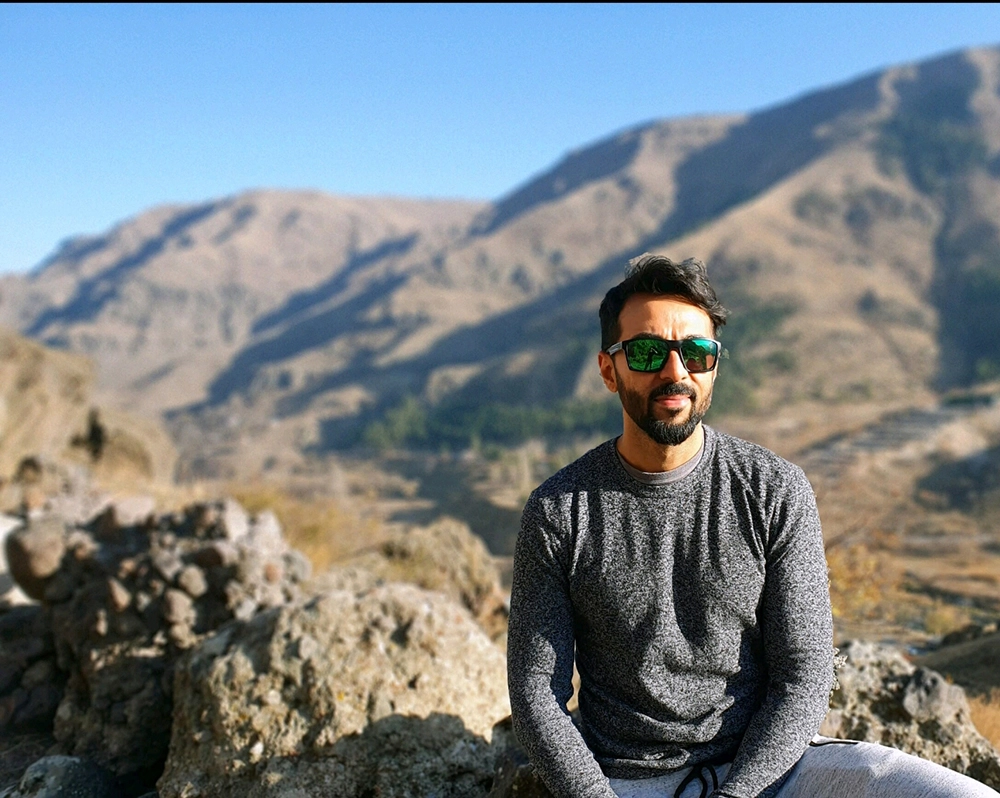
How would you like to be able to lose weight and body fat – especially around your belly, heal your gut, build muscle, balance your hormones and enjoy many other health benefits?
This can be achieved by changing the time window within which you eat your meals, and by restricting the number of times you eat in a day – without really changing the calories you would typically ingest.
Intermittent fasting has become quite mainstream over the last few years as a means to lose fat, especially around the midsection – and is a particularly good way to achieve it. It also improves body and brain health, while promoting longevity.
But before getting into why and how it helps in reducing it, it’s important to understand the CAUSE of belly fat. This way we also know how to prevent it from happening in the first place. Then it makes sense to talk about the EFFECT that fasting has on reducing it. This way we can truly manipulate our progress for maximal benefit.
Most people struggle to lose and keep off belly fat, especially for long periods of time. When someone has a big gut and excess fat around the midsection, it’s not just aesthetically displeasing but it’s also dangerous to one’s overall health and wellbeing. Belly fat – which is a concern for millions of people, is also known as visceral or intra-abdominal fat. This type of fat affects normal functioning of most organs and is linked to heart disease, t2 diabetes, high cholesterol, and certain cancers. And the organ that’s affected the first, and MOST – is the liver.
Visceral organ fat is different from subcutaneous fat – like the love handles that sit on the outside and simply underneath our skin surface. We’re talking about the INSIDE fat. The main thing to know about visceral fat is that – it’s NOT about calories.
Fat deposits start to accumulate in the liver first, and then it starts to spill out all around it – between other organs, filling the abdominal cavity, and belly. And it’s not that the fat itself is dangerous, but the way it comes about – IN, and around the liver is what makes it dangerous.
I know you’ve heard that eating less and exercising more is the solution to everything fat related, but it just doesn’t work like that. People are perhaps vaguely familiar with NON-ALCOHOLIC FATTY LIVER DISEASE. But most are unaware as to what causes a NON-ALCOHOLIC FATTY LIVER. The short answer is that it’s because of FRUCTOSE, or fruit sugar. But what is exactly SO bad about fructose? Well, it’s because it can only be metabolised and broken down by the liver.
Meanwhile, the workload and effort of metabolising and breaking down all the OTHER fuel sources from fats, protein, and carbs like glucose, can be evenly spread out amongst all the other tissues and muscles in your body for the most part, but the job of breaking down fructose can ONLY be handled by going through the liver. So, you’re that much more likely to overwhelm, congest and overwork the liver than the rest of the body – especially when over-consuming fructose.
Whatever extra energy the liver can’t use in that moment, gets converted into fat, which quickly starts clogging up the liver and spreading to the other abdominal areas around other organs. So, fructose is the main culprit, BUT there’s a couple of other things that make it really hard for the liver too – the hormones of INSULIN and CORTISOL.
Insulin is secreted as it responds to BLOOD GLUCOSE levels and cortisol is the hormone produced in response to STRESS. In a state of stress, the body demands immediate glucose, and cortisol provides this glucose by breaking down protein stores to raise blood sugar. This in turn produces more insulin – creating a vicious cycle of elevating BOTH insulin and cortisol.
Insulin is a MASTER hormone, and when triggered, shuts down the activity of other hormones. When ELEVATED, your fat burning is switched off and you CANNOT burn any fat. Period. Even though insulin is a stress on the liver, it doesn’t cause belly fat and fatty liver by itself. It depends on HOW much insulin and HOW frequently the insulin is released during the day that matters. This, in conjunction with the amount of fructose consumed is what causes excess belly fat and a fatty liver.
Insulin is the storage or ANABOLIC hormone. So, once you DO have belly fat and probably a fatty liver, the insulin makes it much harder to reverse either of these because the insulin keeps pushing fuel, and fat and glucose into that liver and belly fat.
Now a bit about how stress and cortisol impact belly fat. Chronic mental stress is a functional stress keeping you in the fight or flight mode for an extended period of time, which in turn keeps your cortisol level elevated chronically. This can result from various lifestyle factors like work, school, relationships, conflicts, or lack of sleep.

What you see in a typical body type whose cortisol is constantly elevated, is a big belly, skinny legs, and a flat butt. This is because cortisol forces the breakdown of protein to produce the glucose demanded by the body as a stress response. But once the protein stores of the liver are used up, cortisol starts to breakdown MUSCLE protein around the body to meet that CONSTANT glucose demand to raise your blood sugar. But the TRUTH is it’s not actual stress, just cortisol making it look that way!
And as a result, insulin has to CONSTANTLY stay elevated to keep this high blood sugar in check. So, this continuous stress keeps throwing the body OFF balance – in this HYPER cortisol and HYPER-INSULINEMIA situation. And on top of this, when you add sugary and processed foods to your diet – your insulin stays SKY HIGH.
Having this kind of belly fat and a fatty liver implies that you are almost definitely going to be insulin resistant as well. It’s the same thing – A FATTY LIVER IS AN INSULIN-RESISTANT LIVER. So, we have to do two things – obviously, one is reducing the amount of fructose and refined sugars from our diet. But it’s also important to reduce the insulin in our blood – which can be done by eating foods that lower insulin. And reduce cortisol by lowering stress factors.
This process of lowering insulin comes from being on a LOW CARB, HIGH FAT diet. This is going to result in less insulin being produced overall. Eating lots of non-starchy, green, cruciferous leafy vegetables, quality fats and protein is what you’re aiming for. These foods minimize the amount of insulin produced. If you want to take this one step further, then a keto diet is a stricter from of a low carb, high fat, where the carbs only account for 5-10% of your total calories, mostly coming from non-starchy vegetables.
The next step is to burn fat. There is a lot of this in our belly, abdomen, and liver. These have to be converted for use as energy and consumed.
When you fast, several things happen in your body at a cellular level that help with weight and belly fat loss. This can be achieved by changing the time window within which you eat your meals, and by restricting the number of times you eat in a day – without really changing the calories you would typically ingest.


